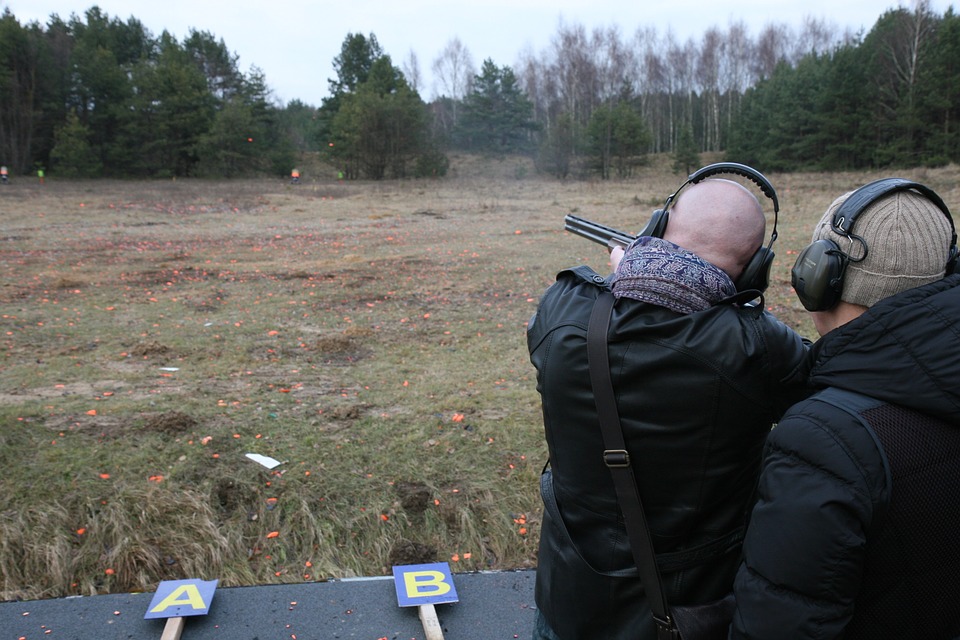
A person who owns a gun hopes to never have to use it. In the event that a gun is needed for self defense, a gun owner should be ready to properly use it to save a life, either their own or somebody else’s, or both. Holding and using a firearm is never glamorous because you have to shoot to kill, something few people fully internalize. Are you thoroughly trained, physically and mentally, to show restraint when necessary or to draw when necessary?
Practice is your best companion to support your ability to properly show restraint or to properly draw and fire, if needed. In addition to regular shooting practice, here are some tips on how to properly manage a firearm.
- Always assume that a gun is loaded – Always start from the assumption that a gun is loaded even if there is no magazine. Keep the gun pointed to a safe direction. Always treat a gun like it is loaded because you may not be able to see that a round is chambered.
- Make sure to clear the gun – Make sure there is not a single round in the chamber before testing the gun in a dry fire mode.
- Dominant hand grip – Shooting with both hands is the most stable and effective way of firing a gun. The shooting finger should not be on the trigger until you are ready to fire.
- Support with non-dominant hand – Use the heel of the non-dominant hand to fill the space in the grip with the thumb under the thumb of the dominant hand and the four fingers wrapped firmly around the base. The two-hand grip may initially feel unnatural but that is the most proper way of holding a handgun.
- Assume a proper shooting position – Spread your feet apart, preferably shoulder width, and knees bent slightly, establishing a grounded base with the lower part of your body. Make the shoulders square, leaning forward with the torso.
- Shoot using the dominant eye – Prepare to shoot the target using your dominant eye.
- Extend arms out – From the ready position, extend your arms and prepare to aim on the target using the dominant eye. Arms should be extended but not locked.
- Aim – Aim towards the target by keeping your dominant eye on the front sight as it rests in the middle of the notched rear sight.
- Prepare the trigger – Slightly pull the trigger by having the center of the first part of the index finger come in contact with the trigger. This slight trigger pull while aiming but prior to shooting will provide a more stable aim by having less of a trigger pull when you do fire.
- Fire – Make the front sight clear and focused on the target and fire. Constant practice will enable you to stabilize yourself against recoil.
